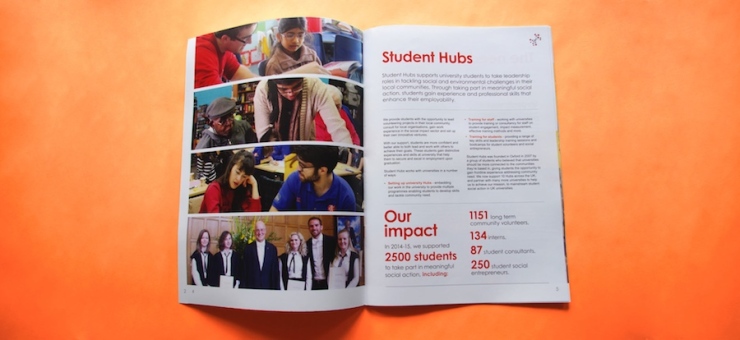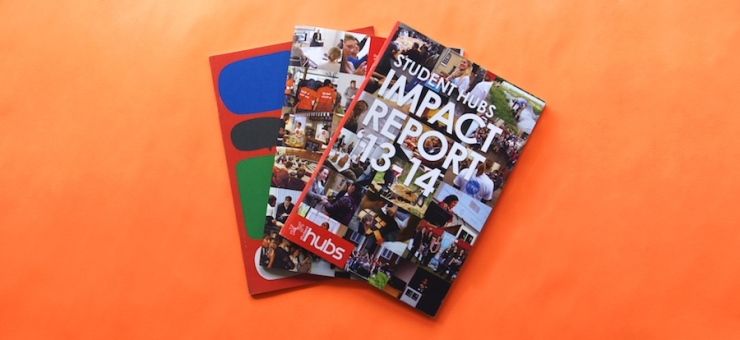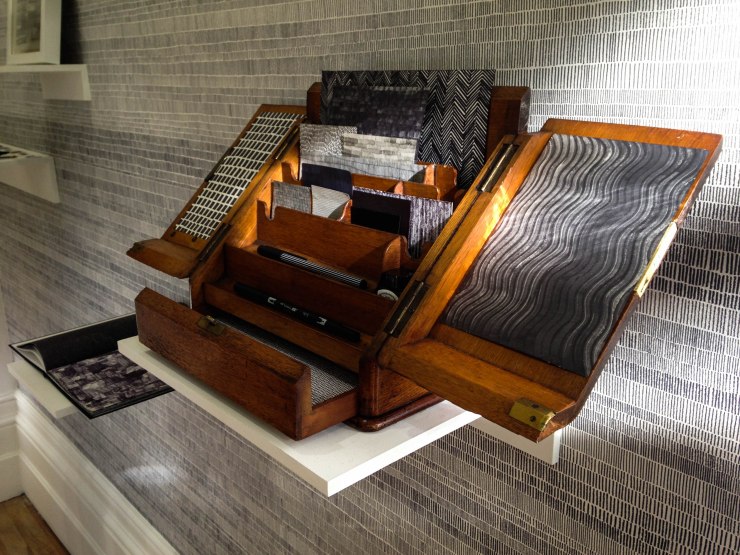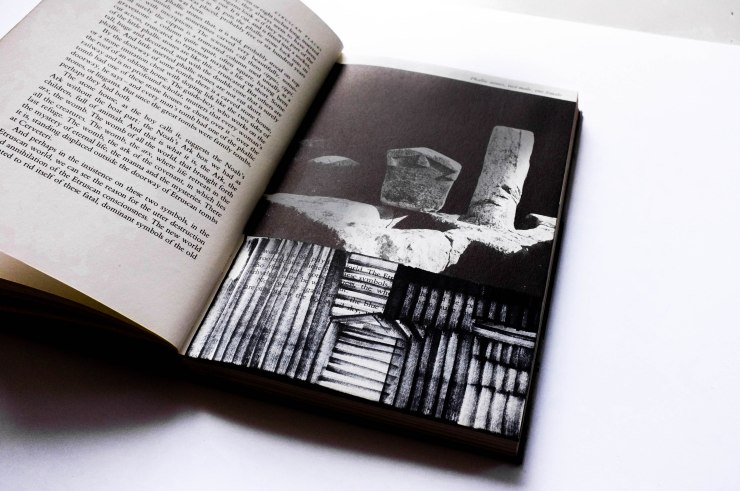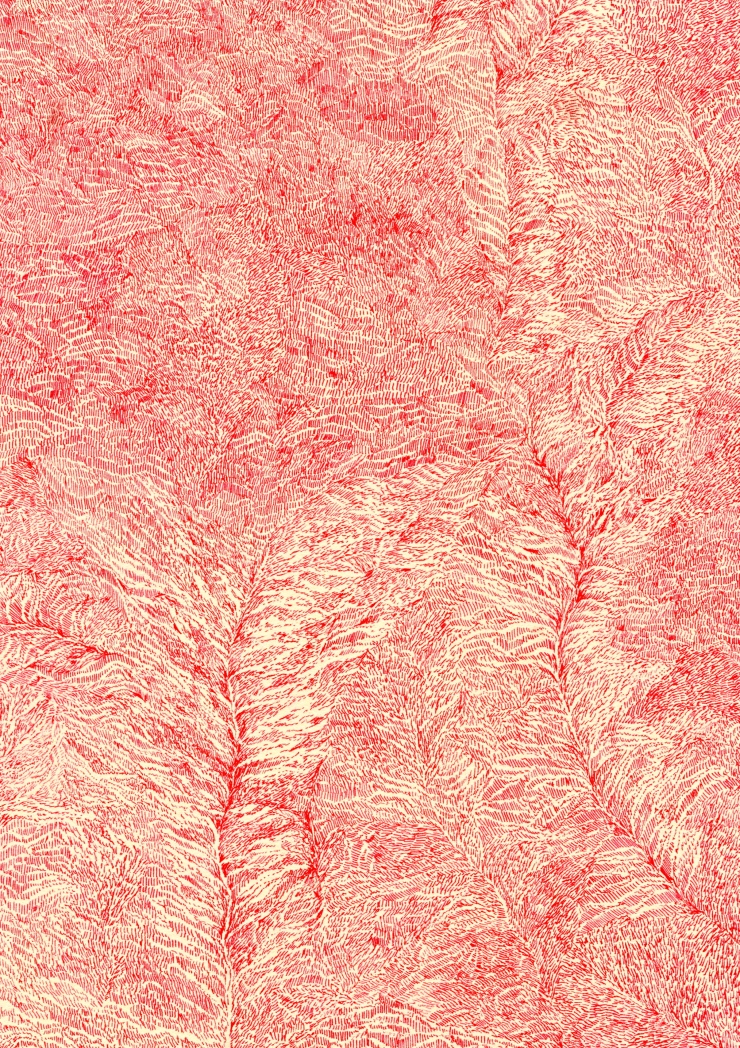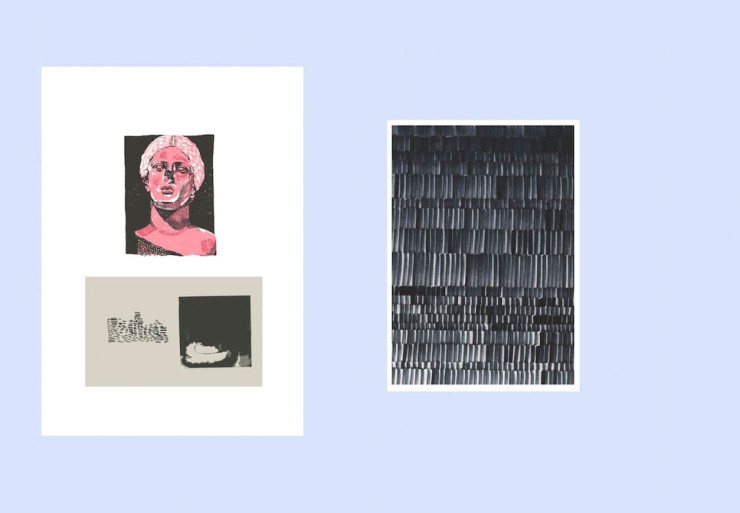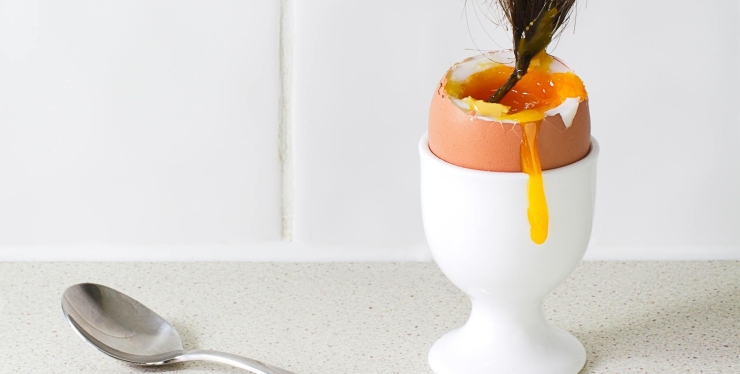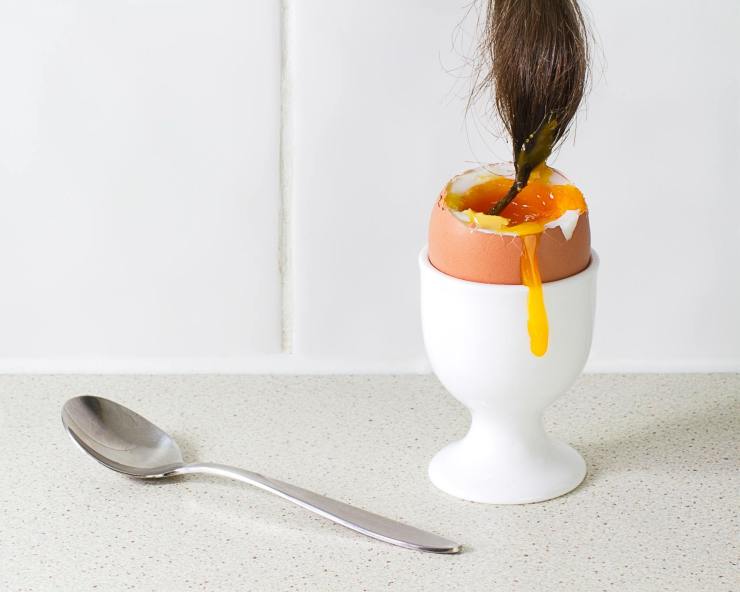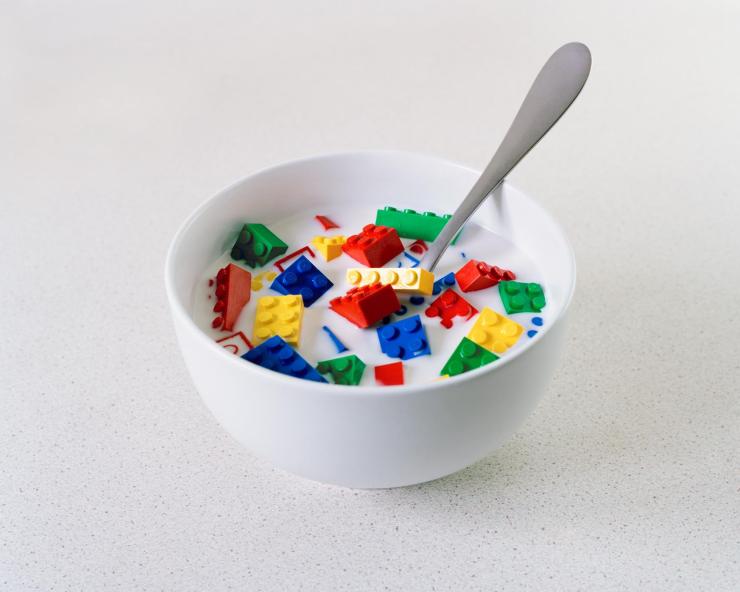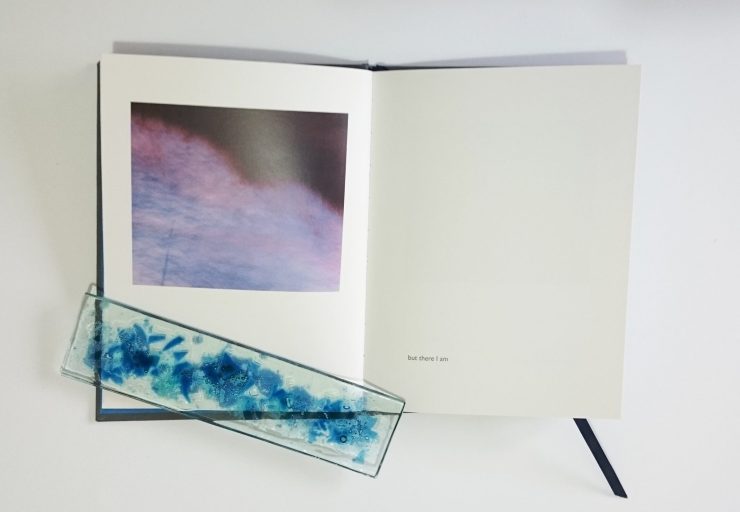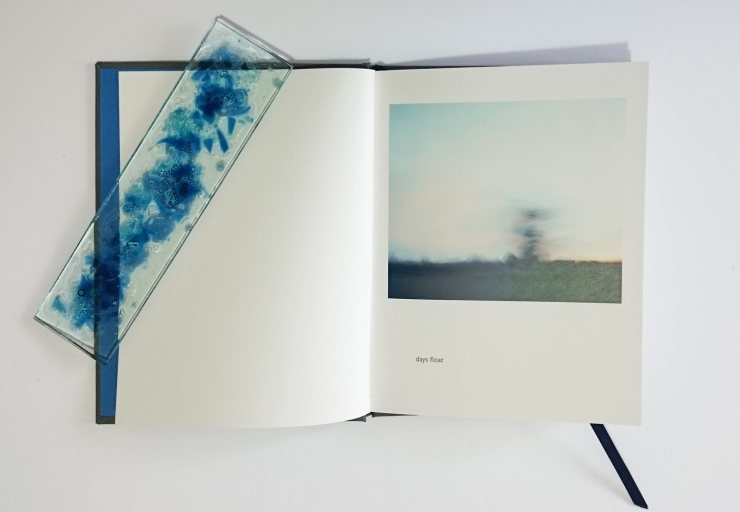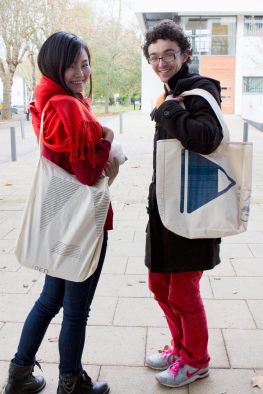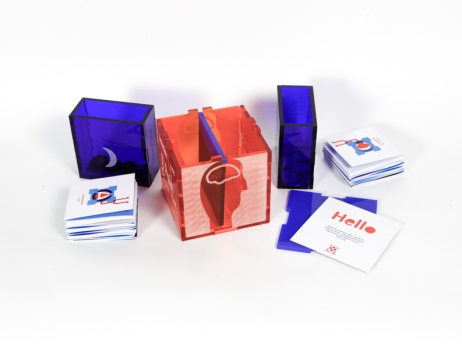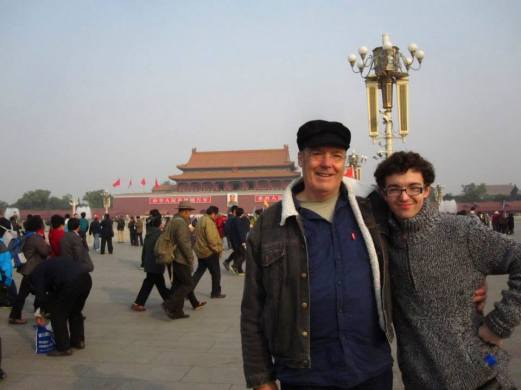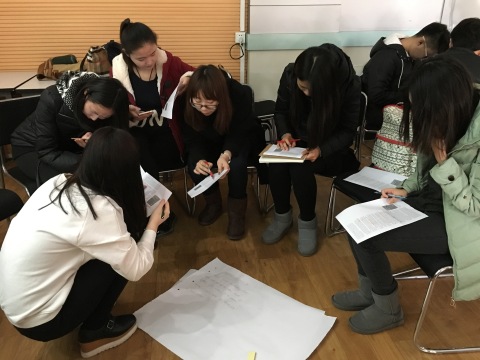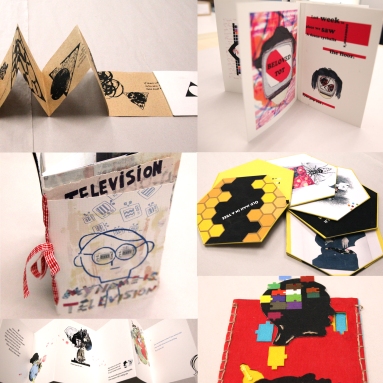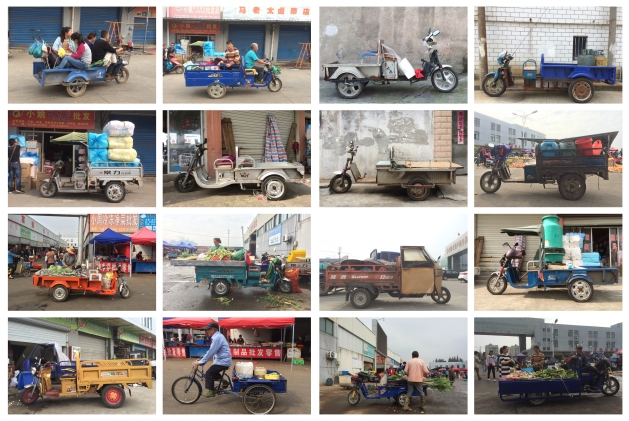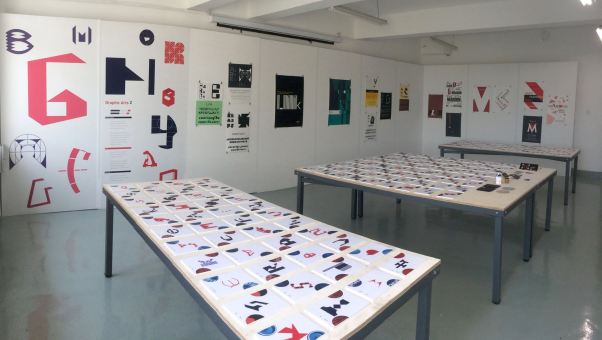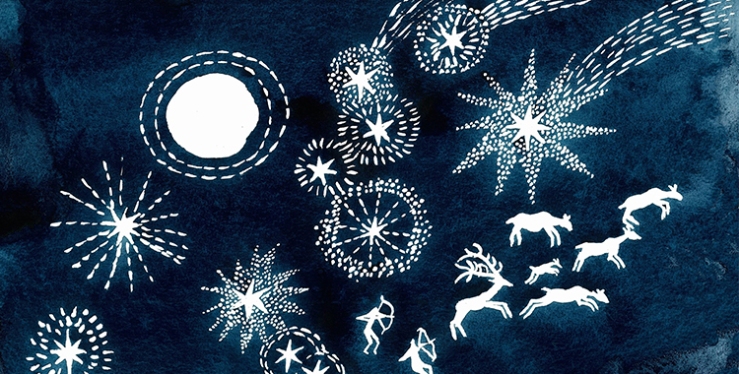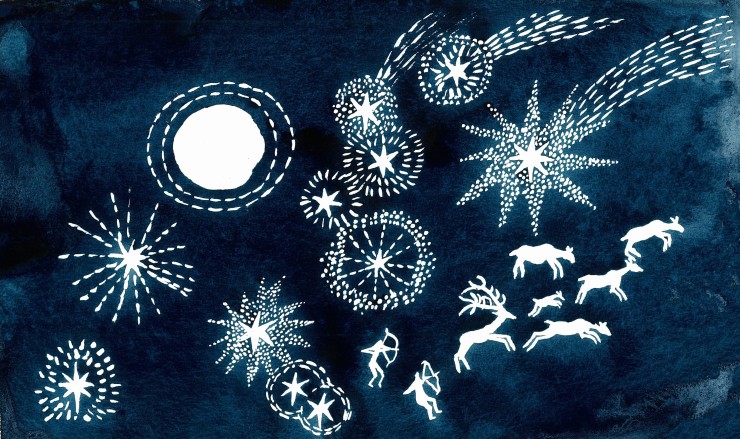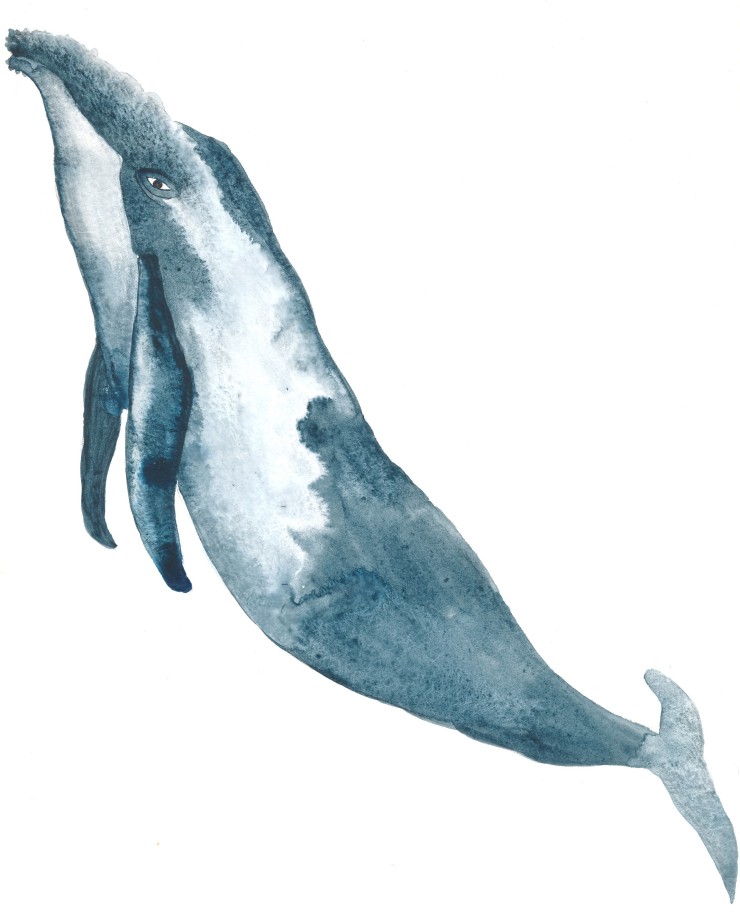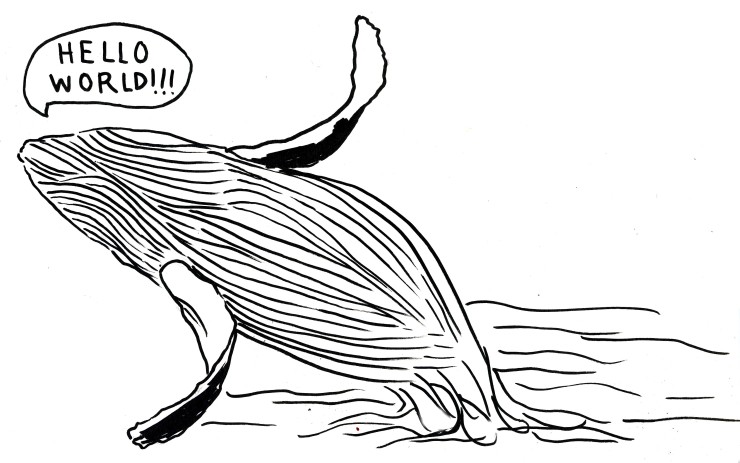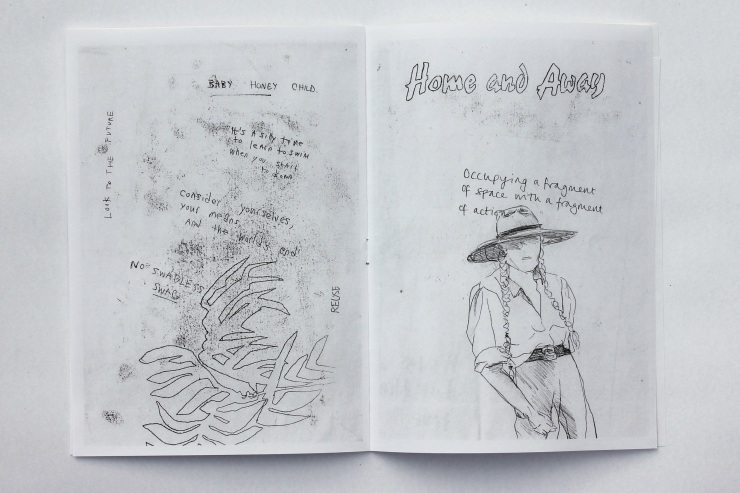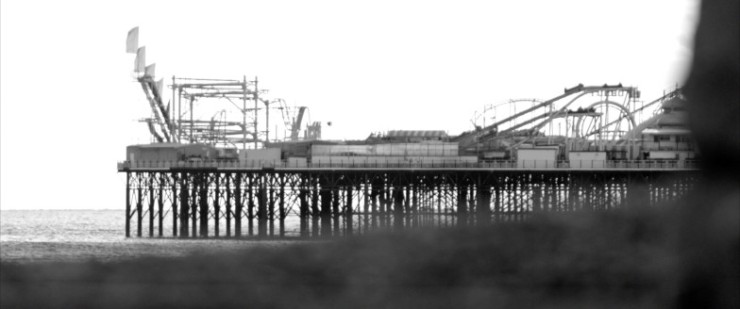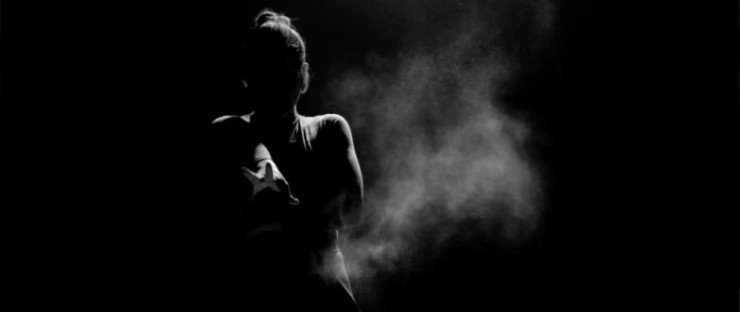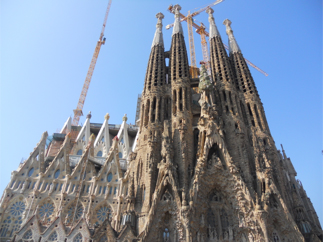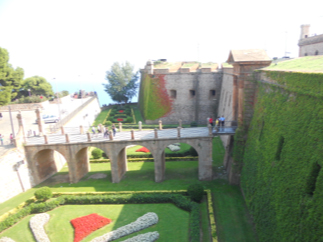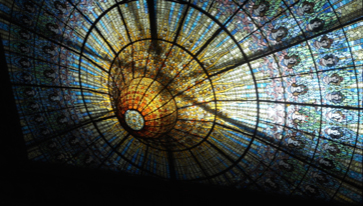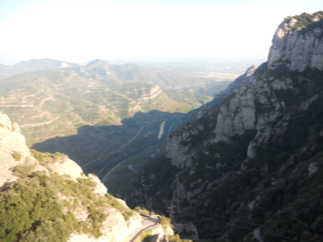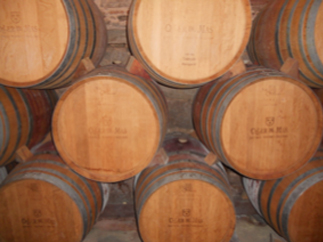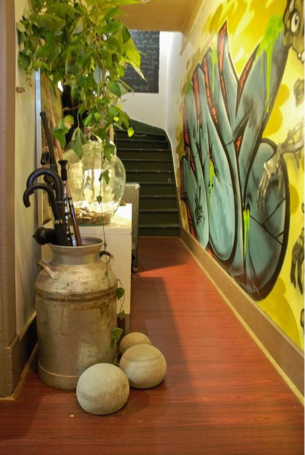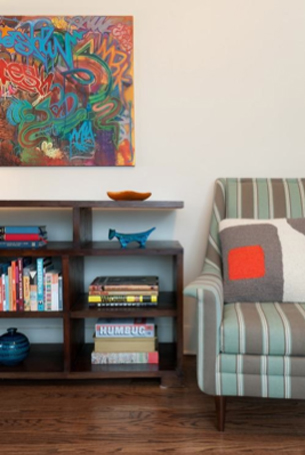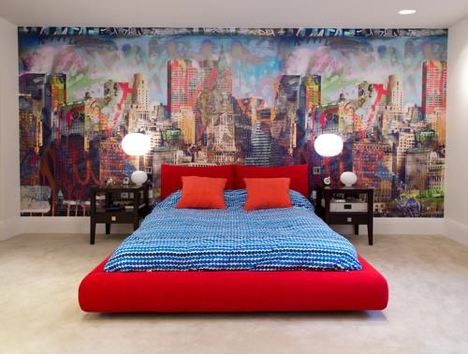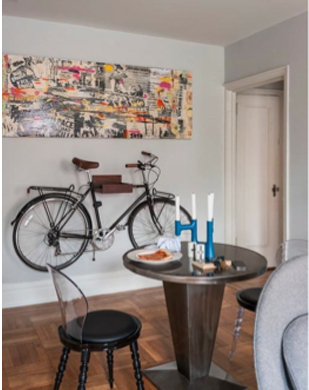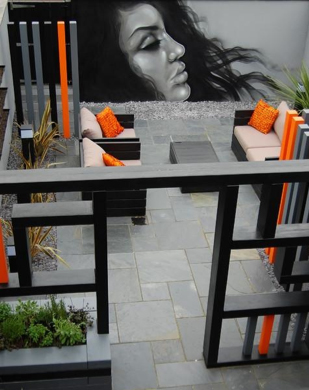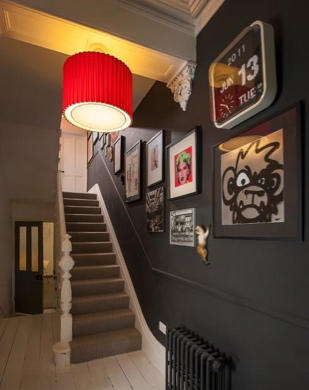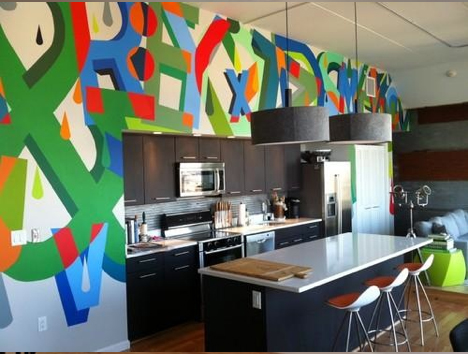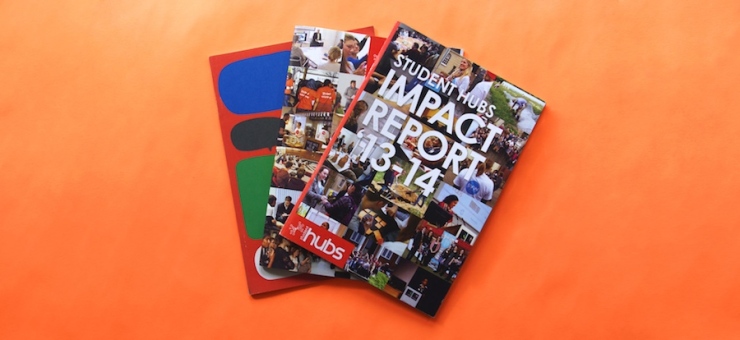
Twitter / Instagram / Email: readgraham@rocketmail.com
Graham Read, an all round Graphic Designer from Somerset, currently in Bristol. Well, when we say all round Graphic Design it’s only the projects he feels most passionate about and believes in. Graduating with us in 2012 from Winchester School of Art in Graphic Arts: Advertising, he’s now working on designing and communicating for charities and social enterprises. Before we say more we’ll hand in over to the chap himself…
Hello, I’m Graham, a designer and charity communications chap previously nestled among the dreaming spires of Oxford, now based in the lovely city of Bristol. I have predominantly worked with charities and social enterprises, having started up RAG while at Winchester School of Art, moving on to a couple of internships at charities after graduating: Student Hubs, and Oxfam.
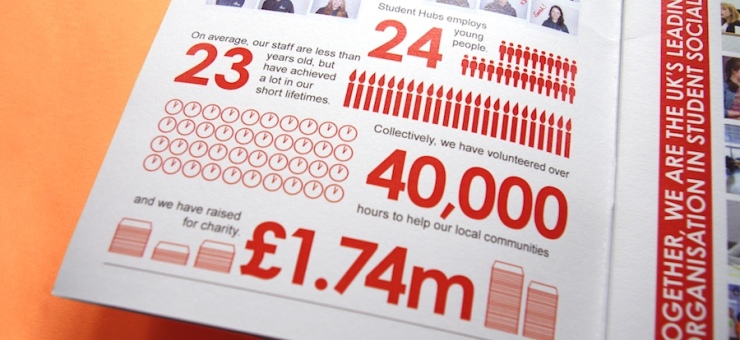
After a bit of interning, freelancing, and persistence, I was awarded a permanent position at Student Hubs, an organisation that supports students to volunteer in their communities – tutoring struggling schoolchildren, activities with lonely elderly people, and lots more. One of my first projects was to design the charity’s annual review, detailing the organisation’s achievements and impact for the preceding year. Part legal requirement, part promotional brochure combining data, successes and areas for improvement.
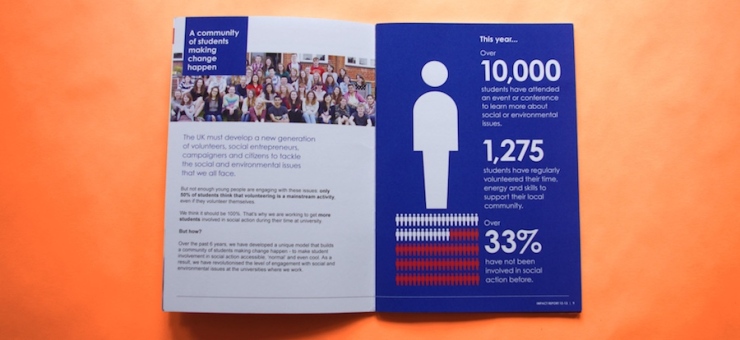
My first annual review for Student Hubs, for the year 2011-12, needed to be a friendly but self-promotional A5 booklet, aiming to increase the charity’s funding and engagement. I don’t have a particular visual style, so I started by establishing the target audience, reviewing the charity’s brand guidelines, previous reports and marketing materials. As the only designer, and having not designed a text heavy booklet before, I downloaded a digital mountain of annual reviews, watched some youtube tutorials and started sketching layouts.
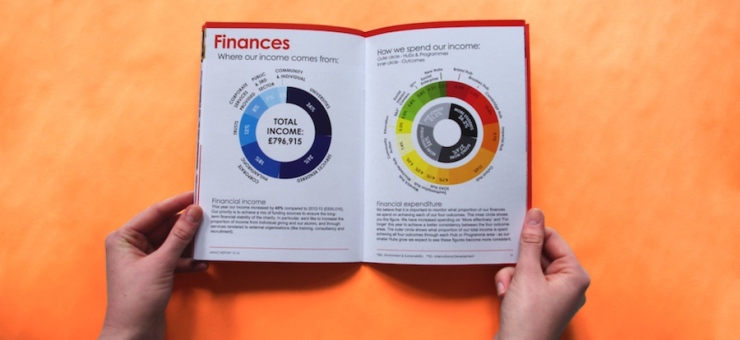
Since the first, I have designed another two printed annual reviews for Student Hubs, with the most recent, an online report, requiring learning a load of code to make it responsive and look reasonable. Looking back over each report and seeing how my skills have improved is very satisfying – I’ve still got a lot to learn, but have definitely improved! Codecademy is great for an introduction to coding, and online tutorials have never let me down.
Alongside the layout for each review, I took a lot of the photos, designed infographics and icons. Working independently has certainly taught me a little about a lot of things. As well as annual reviews, I’ve also produced policy reports and an A4 sales brochure for charity and university sector audiences. I’ve found that more formal documents can be just as interesting to design, and using different page sizes presents new opportunities (so much space! [Nerd.]). It has been great to hear feedback from sector professionals and a huge increase in university engagement as a result of materials I’ve designed.
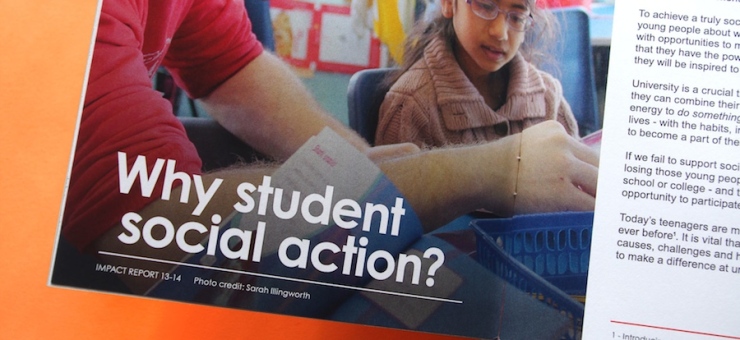
Throughout all the printed reports I have produced, it has been great to see narrative, imagery, statistics and case studies collide to create (hopefully) engaging, informative, audience-tailored documents. Being given the responsibility and space to do this independently has really helped me to feel more comfortable taking on new, big, interesting projects.
Cheeky segue, I’m currently available for new, big, small, medium, and interesting projects, so drop me a line if you want to chat about working together. And have a look at my website to see some of my portfolio.
